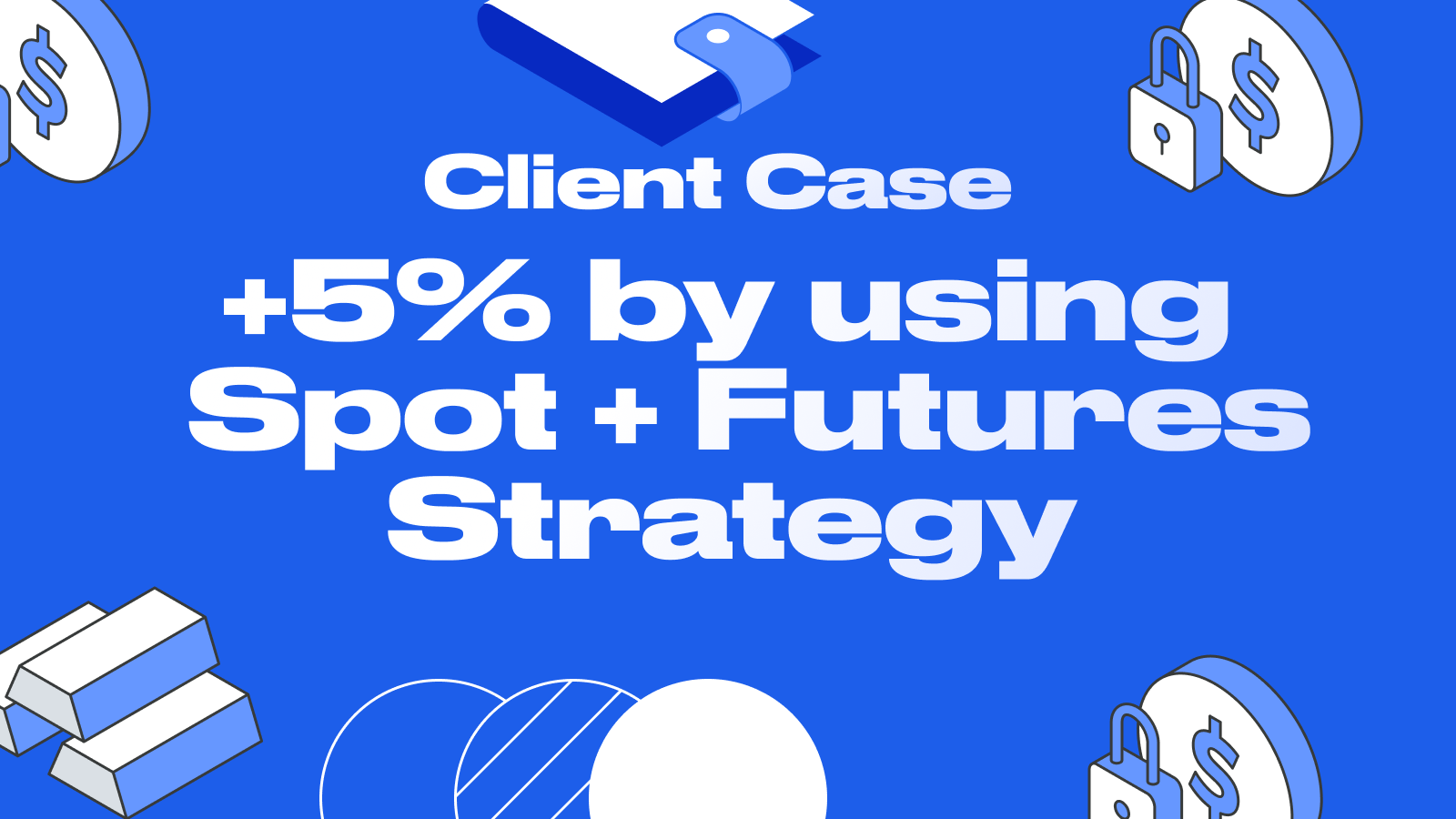How our client earned 5% by using the spot + futures strategy

Our client received a notification about a spread, in Telegram, ranging from 1 to 4% on the BBL token. He chose to work between the Bybit and Gate exchanges.
The token price for selling at the bottom of the ask order book on Bybit was: $0.0091 per token:
The token price at the top of the bid order book on the Gate exchange was: $0.09113 per token:
In this case, it is important to note how crucial it sometimes is to work with limit orders rather than market orders, because the same price on Gate, but as a market order, is 0.009249, while on Bybit it is 0.09020. This also highlights how advantageous it can sometimes be to take the taker position rather than the maker position. When using market orders, this arbitrage would have been difficult to execute. In this setup, everything depended on the liquidity volumes in the asset's order books.
What happens next?
The client places a taker buy order, meaning he positions his order in the bid order book on the Bybit exchange—for an amount of 900 USDT (the token quantity will be 100k), as he set the order price at 0.009000.
A question may arise:
Why is everything reversed now? At the beginning of the setup, we looked at the ask order book on Bybit, but our order is in the bid order book?
It’s simple:
The ask (sell) order book tells us at what price we can immediately take (buy) the asset as a taker, while the bid (buy) order book tells us at what price we can immediately place (sell) the asset into the order book as a taker.
This analysis helps us understand the asset's liquidity—whether we can buy the volume we need and whether we can sell the volume we need.
Moving forward.
Next, the client placed a limit maker order at a price of 0.009250 for a Short:
When the prices converged—specifically in this case, the expensive short attracted the cheap spot—the client closed the positions.
As a result of this arbitrage, the person made approximately 4.5% of their deposit.
In the video, you can also see a more detailed history of the client’s orders, as he re-entered the positions several times, which is why on the first exchange we only see one of the orders for 100k tokens.
Want to learn more about crypto arbitrage?
Get a subscription and access the best tool on the market for arbitrage on Spot, Futures, CEX, and DEX exchanges.




